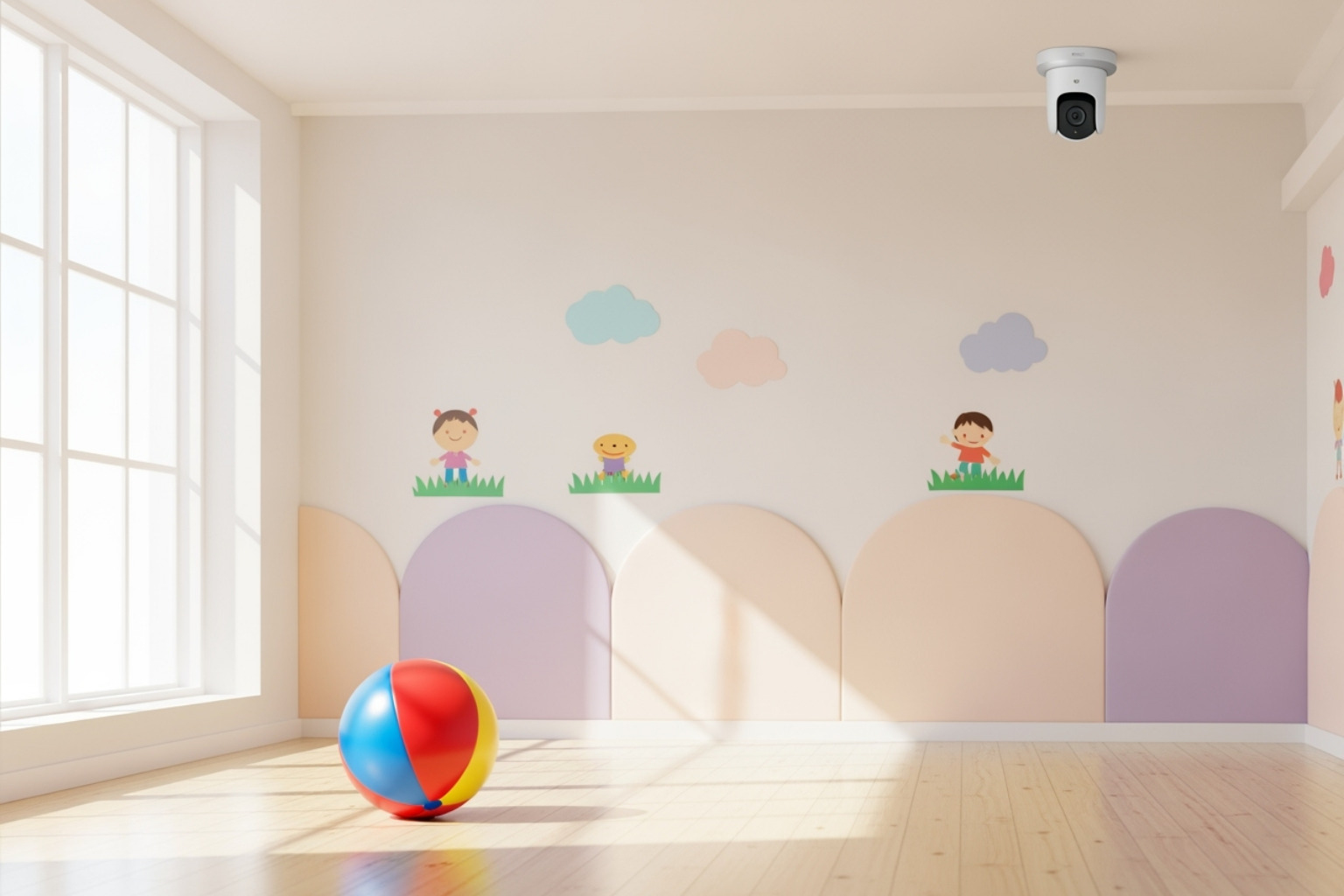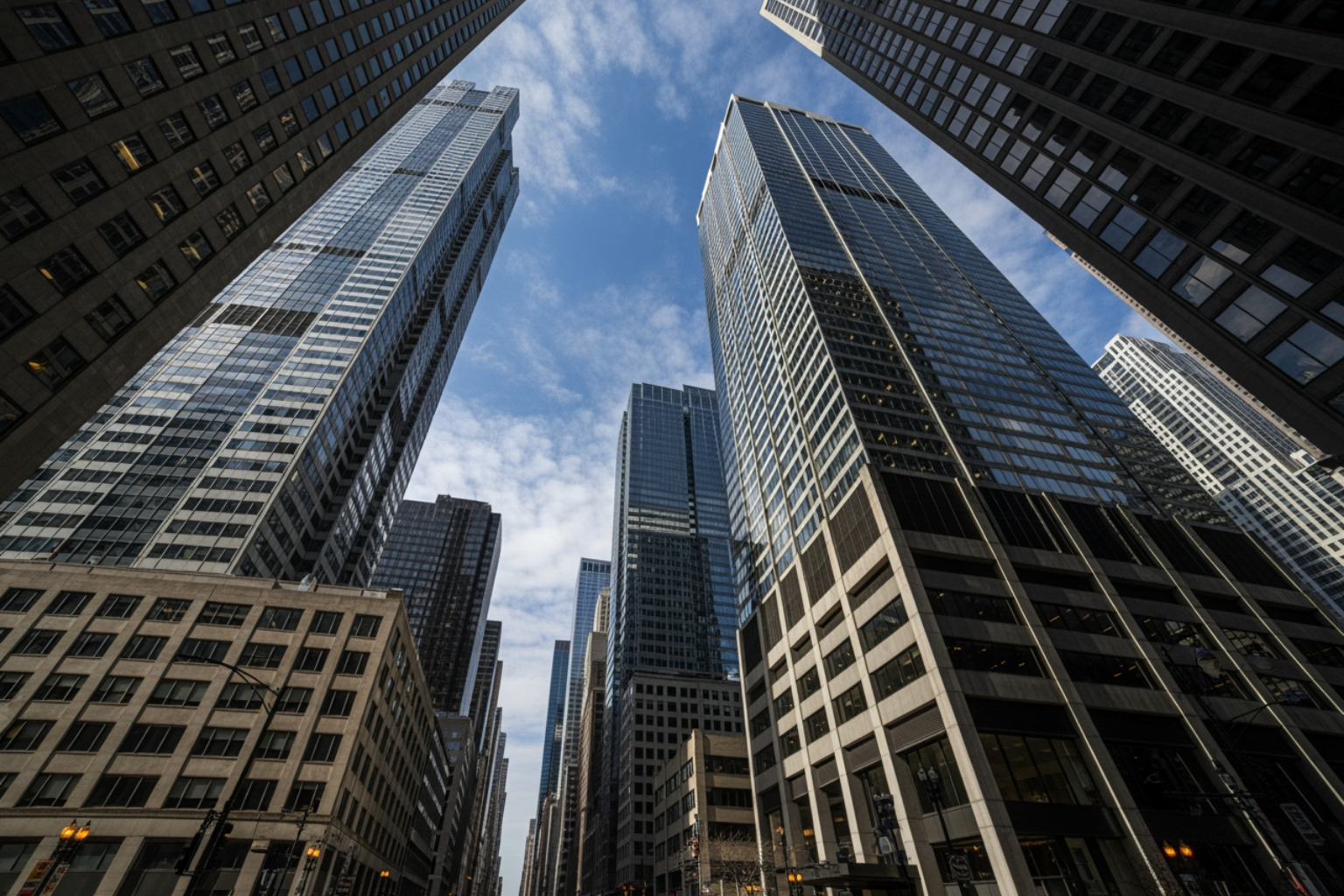
As more childcare centres install closed-circuit television (CCTV), parents are asking important questions. Understanding what parents should know is key to feeling confident about your child's safety and privacy. Here’s a quick overview of what matters most:
What was once an optional extra is now a standard feature in many centres, and even a regulatory requirement in some regions. For parents, this means knowing how these systems work, what protections are in place, and what questions to ask is more important than ever.
This is about balancing safety with privacy. While some parents find cameras reassuring, others worry about constant monitoring. Both views are valid. My name is Dave Symons, Managing Director at DASH Symons Group. Since 2008, we've designed and installed security systems for childcare centres across Queensland and NSW. I've seen how a well-designed system with clear policies creates an environment that is both secure and respectful.
CCTV terms to learn:
When you're considering CCTV in childcare centers, it helps to understand that these systems touch every part of a childcare environment. It's a conversation with many layers, and understanding each one helps you make the right choice for your family.
The decision to install CCTV in a childcare centre is about more than just security. These systems address several key needs for children, educators, and parents.
First and foremost is safety. Cameras at entrances and exits deter unauthorised access and help staff monitor common areas. If an accident or dispute occurs, the footage provides an invaluable, objective record of what happened. This accountability protects children from mistreatment and shields educators from false accusations, allowing for fair and fast resolutions.
Many centres also use CCTV to promote transparency and build trust with parents. Knowing that a system is in place to ensure standards are met provides genuine peace of mind. For management, cameras offer operational oversight to ensure proper supervision and identify areas for improvement, contributing to a safer, more efficient environment. Our guide to CCTV for Childcare Centres explores how thoughtful design makes this possible.
While the benefits are clear, it's just as important to acknowledge the valid concerns about surveillance in childcare.
Children's privacy is a primary consideration. As a parent, you provide consent on their behalf, but it's crucial to consider the impact of constant monitoring on their development. Educators also have valid concerns, as feeling constantly watched can create stress and hinder the natural, warm interactions that are vital for children.
There are also data protection considerations. Since video recordings are classified as personal information, it's essential to ask how a centre protects its network and stored footage from unauthorised access. A professionally installed and secure Network Infrastructure is the foundation of a safe system, preventing misuse and ensuring footage is only available to authorised staff. Addressing these concerns requires transparent policies and robust, professionally managed technology.

Understanding the legal framework around CCTV in childcare centers helps you evaluate whether a center is meeting its obligations. In Australia, the rules are built on a few key principles.
Parental consent is the foundation. Centres must get your explicit, written consent to film your child and should clearly explain how footage will be used. Staff also have privacy rights and must be informed about workplace surveillance.
Under Australia's Privacy Act, video recordings are personal information. This means centres must have clear policies on who can access footage, how it's stored, and how it's protected. Most importantly, cameras are strictly forbidden in bathrooms, change stations, and toileting areas. It's a non-negotiable rule that protects the dignity of children and staff. This is a key part of designing effective Access Control Systems that work alongside CCTV to create secure, respectful spaces.
You don't need to be a tech expert, but knowing the basics helps you ask the right questions.
Most centres use fixed cameras with high-definition (HD) resolution for clear coverage of classrooms and play areas.
Footage is stored in one of two ways. On-premise storage keeps recordings on a device at the centre, giving them direct control. Cloud-based storage uploads footage online, allowing for secure remote access.
| Feature | Cloud-Based Storage | On-Premise Storage |
|---|---|---|
| Accessibility | Remote access from anywhere | Local access, typically on-site |
| Security | Encrypted, off-site backups, provider-managed | Requires local physical and digital security |
| Scalability | Easily scalable storage capacity | Limited by hardware capacity |
| Bandwidth Needs | High upload bandwidth required | Minimal bandwidth for local recording |
| Cost Structure | Recurring subscription fees | Upfront hardware cost, ongoing maintenance |
| Control | Less direct control, reliant on provider | Full control over data and hardware |
Both storage methods have pros and cons, but either choice requires a stable, secure network to function effectively. A quality system is a significant investment, and cutting corners on equipment often leads to reliability issues. This is also true for creating integrated systems, which involves more than just plugging in cameras. True integration is a tailored process, making different security components—like CCTV Systems and Access Control Systems—work together. For example, a door being opened could automatically direct a nearby camera to record the event. Achieving this often requires ensuring devices are compatible, sometimes using industry standards like ONVIF, and acknowledging that not all brands work together seamlessly. The goal is a unified system that simplifies security management for staff, not a complex, unreliable setup.
A good CCTV system relies on more than just technology. Best practices are essential for it to be effective and trusted.

When touring a potential childcare centre, you have the right to ask about their security. Here’s a simple checklist:
Choosing a childcare centre is a major decision, and understanding their approach to security is a key part of it. When implemented thoughtfully, CCTV in childcare centers becomes a tool for building trust and strengthening the partnership between you and your child's care provider. It’s about creating an environment where everyone feels safe, respected, and confident.
At DASH Symons Group, we've spent over 16 years designing and installing CCTV Systems for childcare facilities across Queensland and NSW. We believe the best security solutions are built on trust, transparency, and expert installation. For childcare providers, we offer custom systems that balance safety and privacy, backed by ongoing support through our Dash Care Plan (DCP) to ensure long-term reliability. For parents, we hope this guide empowers you to ask the right questions and make an informed choice.
If you're a provider looking to upgrade your security or a parent with questions, we're here to help. We believe in creating safer environments through smart, reliable technology. Ready to discuss a solution for your centre? Contact us to learn more.

